WHEN Hum Aapke Hain Koun was released on August 5, 1994, it took everyone by surprise and became the highest grossing Hindi film in history, at the time.
It not only smashed box office records, but also inspired a generation of Bollywood filmmakers to do things differently as the plot was devoid of antagonists.
The blockbuster also reintroduced cultural values into Indian cinema and influenced weddings globally.
Eastern Eye marks the family friendly entertainer’s 30th anniversary with an A to Z of interesting facts.
A is for Awards: The musical won a massive number of major honours. This included 13 nominations at the prestigious Filmfare awards, and winning five, including best film, best director and best actress. Lata Mangeshkar stopped accepting Filmfare awards decades earlier, but the legendary singer made such a huge impact with the hit track, Didi Tera Devar Deewana, that a special honour was bestowed on her. Hum Aapke Hain Koun also won India’s National Film Award for best popular film providing wholesome entertainment.
B is for Blockbuster: After a relatively slow start, word of mouth reviews turned Hum Aapke Hain Koun into a record-breaking success. The film also beat the box office record held by Sholay (1975) to become the highest grossing Hindi movie of all time. It was successfully dubbed in Telugu with the title Premalayam. In terms of ticket sales, it remains one of the most successful in Indian cinema history.
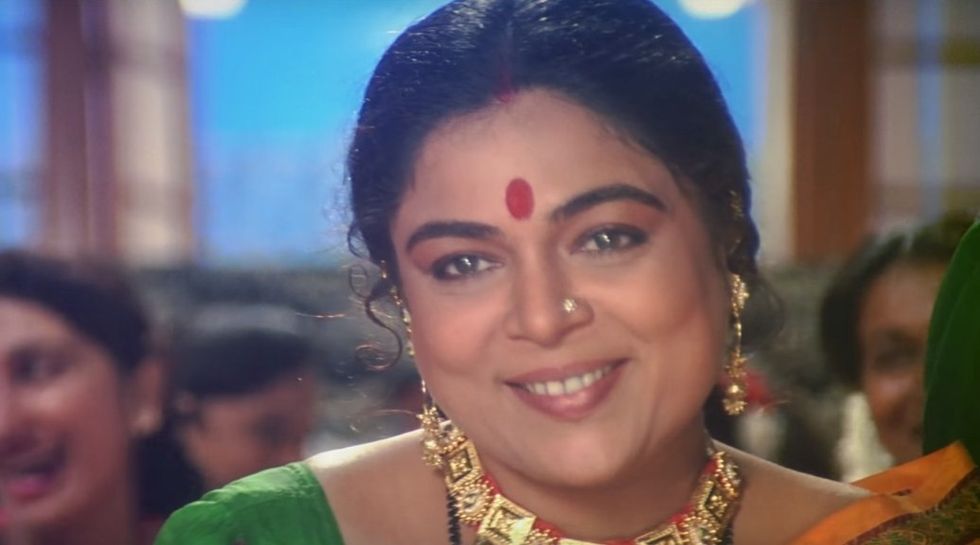
C is for Cast: Many of the cast members, including Mohnish Bahl, Alok Nath, Laxmikant Berde and Reema Lagoo, had previously worked in Sooraj Barjatya’s debut, Maine Pyar Kiya (1989). Though there were rumours Aamir Khan was the first choice to play the lead character, Prem, writer/director Barjatya always intended to work with his Maine Pyar Kiya hero Salman Khan and first narrated the story to him. Madhuri Dixit was the number one leading lady in Hindi cinema, so she was the first choice to play the heroine (see Q).
D is for Director: Barjatya had made a winning directorial debut with smash hit romance Maine Pyar Kiya (1989), so he was under pressure to deliver something big, again. He devoted almost two years to write the screenplay for Hum Aapke Hain Koun, which was inspired by a 1982 drama made by his family’s production house (see N). It would become the biggest movie of his career.
E is for Easter Eggs: There were several subtle nods to Maine Pyar Kiya – including repeating some cast members, parts of the musical score and names of characters – for fans to find.
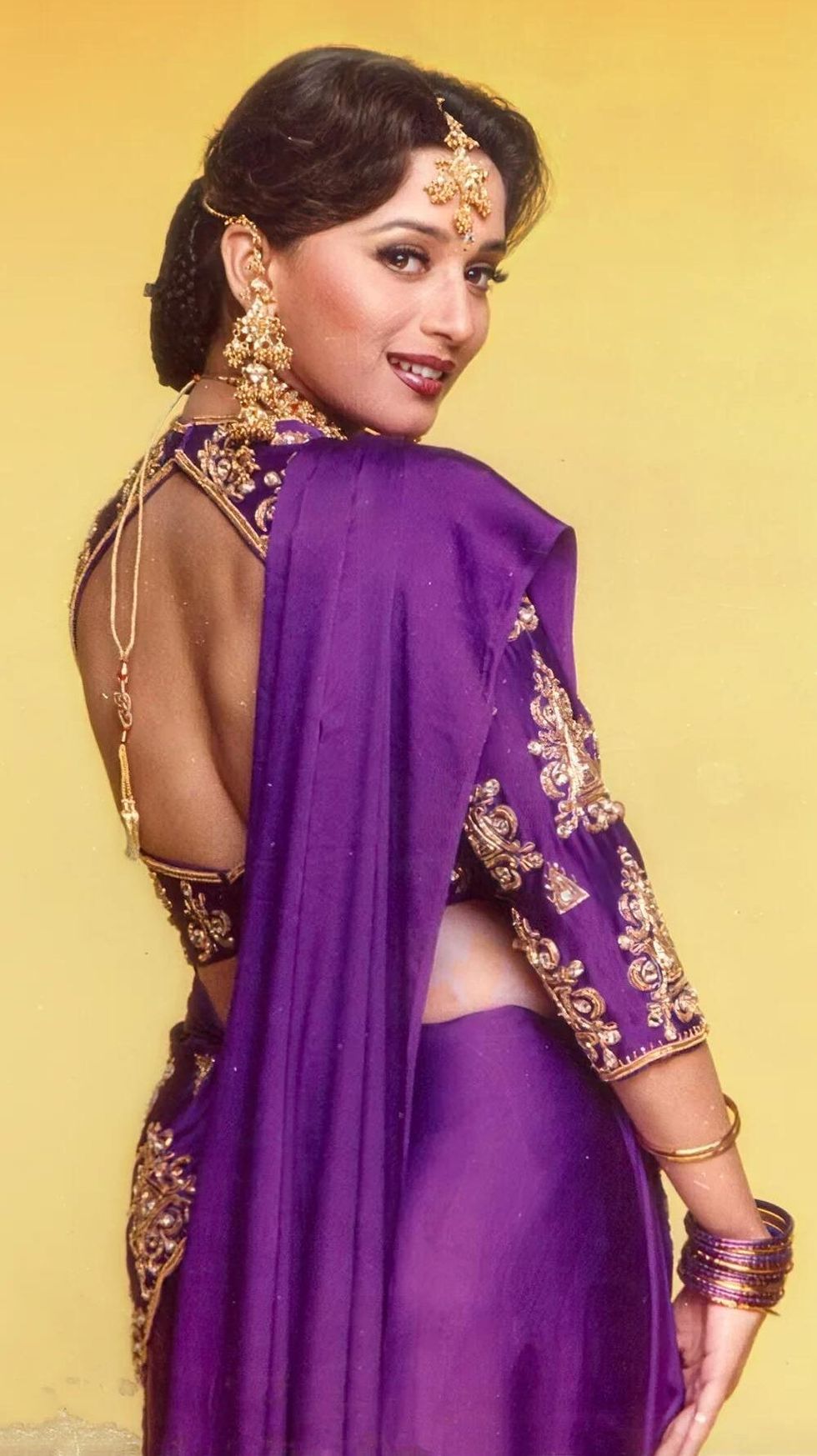
F is for Fashion: Madhuri’s outfits in the film became a rage with young women. The standout one was the purple sari she wore in the Didi Tera Devar Deewana song, which became iconic and heavily requested at shops around the world. It sold in large numbers and featured on the film’s publicity material. The 2012 romantic comedy, Shirin Farhad Ki Toh Nikal Padi, used the same purple sari in their film's poster.
G is for Gap: Keeping in line with conservative tradition and respectful behaviour during family gatherings, the lead pair’s romantic scenes were written in such a way that the hero and heroine do not embrace or have physical contact – there was always a gap. Their love was expressed through gestures, looks, dialogue, pranks and songs. The intensity of Maine Pyar Kiya was replaced with an old-world charm.
H is for Husain: Indian painter MF Husain became so enamoured by Madhuri in the movie that he reportedly watched it more than 60 times. This spurred him to making a directorial debut with Gaja Gamini (2000), built entirely around the actress.
I is for Inspiring: Whether it was influencing leading filmmakers such as Aditya Chopra or Karan Johar (see K), popularising weddings in Hindi cinema, Hum Aapke Hain Koun was massively influential. It would also change Indian weddings around the world (see W).
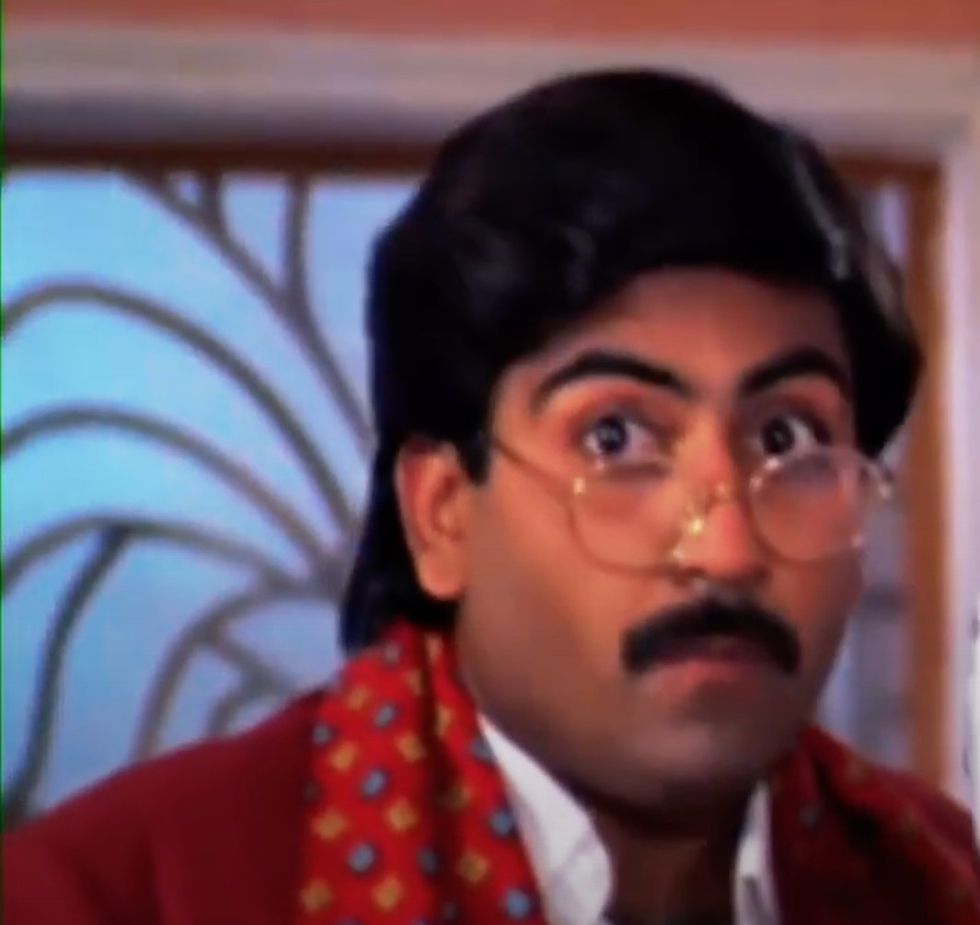
J is for Joshi: Dilip Joshi got his big break in Maine Pyar Kiya and came to prominence in Hum Aapke Hain Koun – before his rise to fame as the star of super hit sitcom Taarak Mehta Ka Ooltah Chashmah, which was aired for an astonishing 4,100 episodes. Joshi recalled that Barjatya treated all the actors equally, whether they were newcomers or established stars and also allowed him to shoot a TV serial at the same time.
K is for Karan Johar: Filmmaker Karan Johar said Hum Aapke Hain Koun changed his life. Many elements of the movie are present in his early work. He recalled: “After watching Hum Aapke Hain Koun, I realised Indian cinema is about values, tradition, subtlety, romance. There is so much soul in it."
L is for Liberty: The musical was premiered at Mumbai’s Liberty cinema, where it ran for more than 100 weeks. Such was the demand that bookings were made 50 weeks in advance. Interestingly, it was the only cinema in Mumbai showing the movie in the first week. Positive word of mouth reviews led to a surge of heavy demand globally. By the 25th week, there were 25 cinemas in Mumbai alone showing the movie to full houses.
M is for Music: Barjatya teamed up with his Maine Pyar Kiya music director, Raamlaxman, for the movie’s soundtrack. After more than 50 music sittings, they agreed on 14 songs for Hum Aapke Hain Koun – an unusually high a number for movies being released at the time. The movie’s standout track was Didi Tera Devar Deewana (said to be inspired by Ustad Nusrat Fateh Ali Khan classic Saare Nabian). It became the year’s biggest selling soundtrack.
N is for Nadiya Ke Paar: After the huge success of Maine Pyar Kiya, Barjatya initially tried to write a similar story. When it didn’t work out, his father advised him to rework one of the family production company’s earlier movies, Nadiya Ke Paar (1982). Barjatya was initially reluctant, but agreed to adapt the Rajshri Productions drama into a wedding-set tale.
O is for Ooty: The movie was extensively shot in the picturesque town of Ooty in south India. It was also shot at Filmistan studios in Mumbai. From conception to completion, it took four years and exceeded its budget.

P is for Pet:Hum Aapke Hain Koun featured a Pomeranian named Tuffy, which was later included in Hindi cinema’s best pets lists. Few were aware that two identical looking dogs took turns playing that key role.
Q is for Queen: Madhuri had made her acting debut with the Rajshri Productions drama, Abodh (1984), and this was her second project with this banner. She had firmly established herself as the undisputed queen of Bollywood, so she got top billing and was paid the highest salary for her work in the film. She also received prominence in the film’s publicity and was a driving force behind its global popularity.
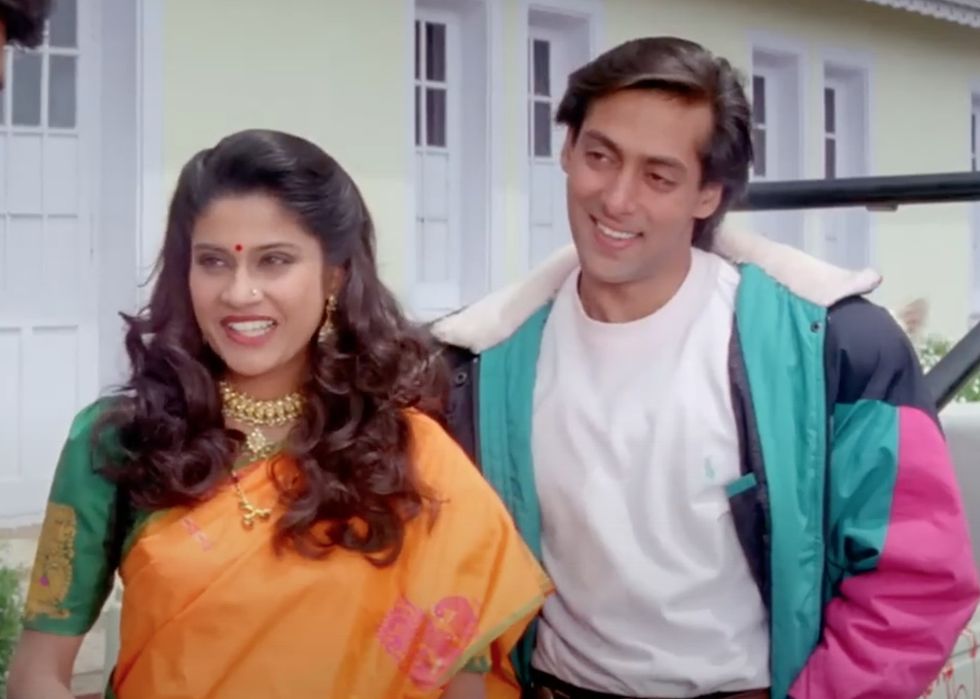
R is for Renuka: Producers took the inspired decision of casting a newcomer in the key role of bride-to-be, Pooja. Impressed by the talent of TV and stage actress, Renuka Shahane, they decided to cast her in the film. Her warm smile and laughter also helped her bag the role.
S is for Slow start: A limited, initial release combined with some negative reviews meant the movie had a stuttering start at the box office. It was so slow that many predicted the musical would be a costly failure, but word of mouth quickly spread and gave it incredible momentum.
T is for Theatre: In 1998, a British Asian theatre company staged a successful production of Fourteen Songs, Two Weddings and a Funeral; it was inspired by Hum Aapke Hain Koun.
U is for Unused: The writer/director’s grandfather and production company founder, Tarachand Barjatya, loved the song Dhiktana so much that it almost became the movie’s title, but thankfully wasn’t used.
V is for Venom: One of Barjatya’s favourite stories from his Hum Aapke Hain Koun journey was of a villager, who travelled to Mumbai to gift a box of mangoes to the filmmaker. When the villager’s child was bitten by a deadly snake, the man was instructed by a doctor to keep the boy awake until medical help arrived. The devoted father got his son to watch Hum Aapke Hain Koun, and said the movie ultimately saved the boy’s life.
W is for Weddings: Perhaps the greatest impact of Hum Aapke Hain Koun - still relevant around the world 30 years later - is changing Indian weddings. It popularised trends such as hiding the bridegroom’s shoes and fun family games, among others. Madhuri’s outfits in the film remain popular and Asian weddings are altogether more fun thanks to this movie. Didi Tera Devar Deewana still gets played at celebrations.
X is for X factor: What made the movie unique is that it didn’t have any violence, villains or antagonists. This not only made Hum Aapke Hain Koun a family friendly entertainer, but also gave it great repeat value. Barjatya said: "My attempt in this movie has been to re-expose the cinema-going public to the quintessential family life, not to make people feel that they have come to see a movie, but make them feel as if they have come to visit a big joint family that is preparing for a wedding".
Y is for YouTube: The film’s timeless appeal is illustrated by its songs and memorable scenes being collectively viewed more than a billion times on YouTube. There are also cast and director interviews on the video sharing site, providing fans with a deeper insight into the movie.
Z is for Zero regrets: All those associated with Hum Aapke Hain Koun - from the lead and supporting cast to the crew - have spoken warmly about their experience of working on the movie. They praised Barjatya for creating a warm atmosphere on set and treating everyone like family. Salman revealed that he and Barjatya both cried on the last day of shooting. This translated onscreen for what has become one of the finest films ever made in Hindi cinema.



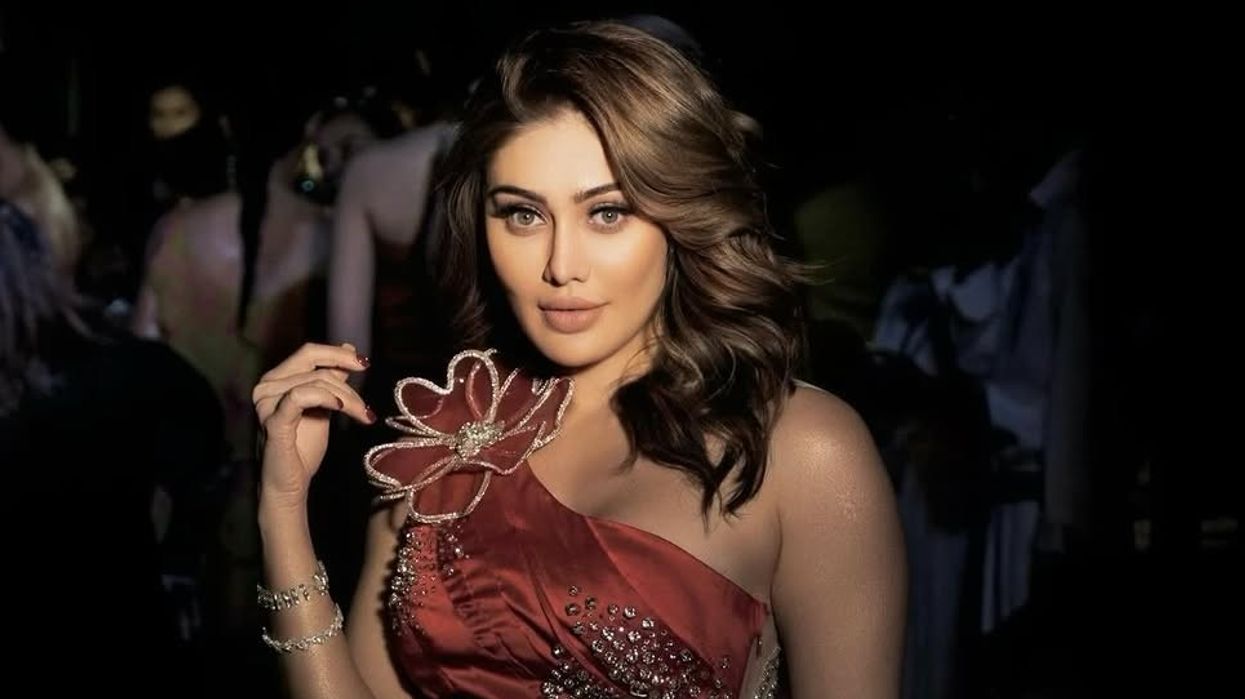


 Festival goers at Glastonbury festival 2025Getty Images
Festival goers at Glastonbury festival 2025Getty Images 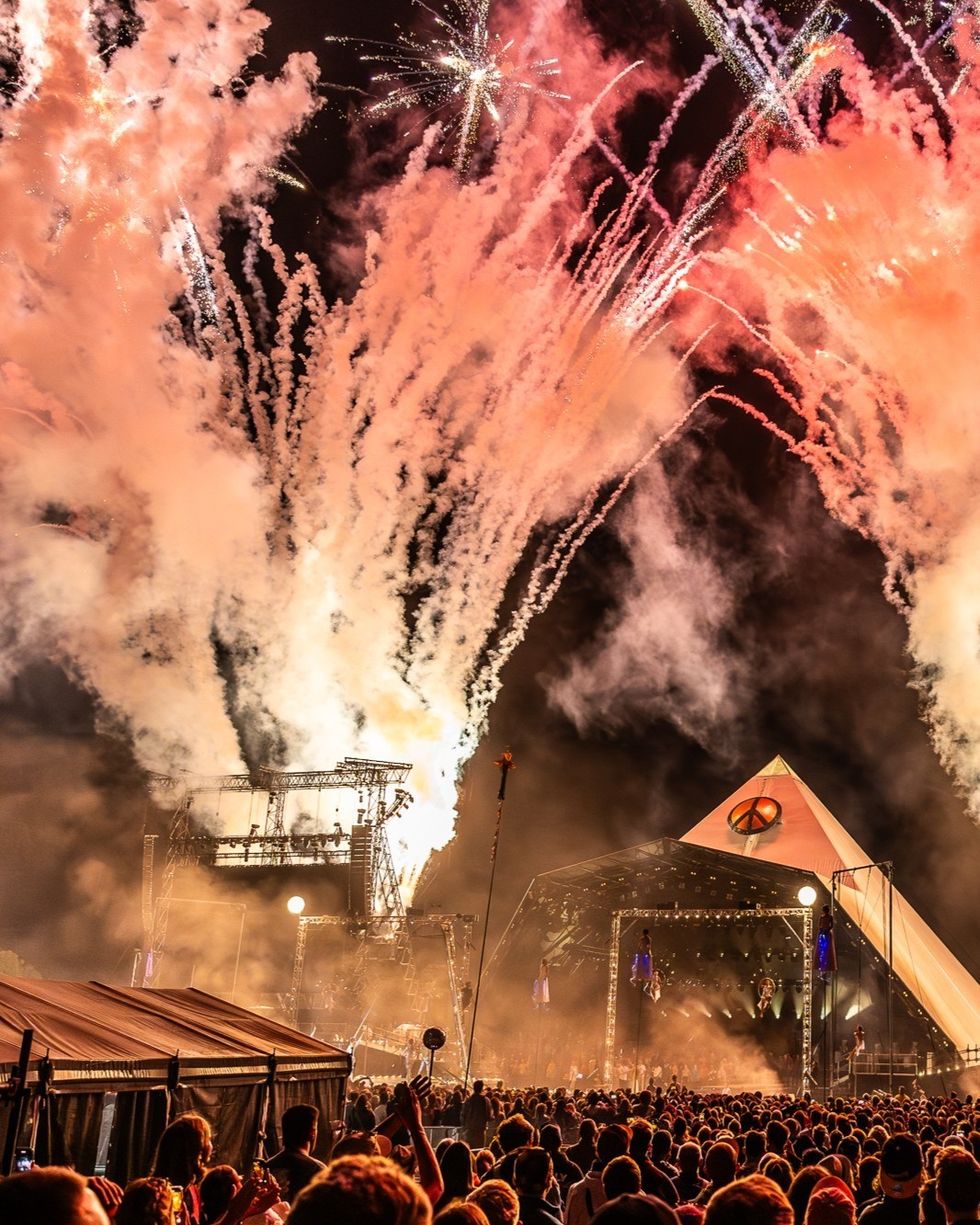 Pyramid Stage crowd swells ahead of the mystery Patchwork act rumoured to be Pulp Instagram/
Pyramid Stage crowd swells ahead of the mystery Patchwork act rumoured to be Pulp Instagram/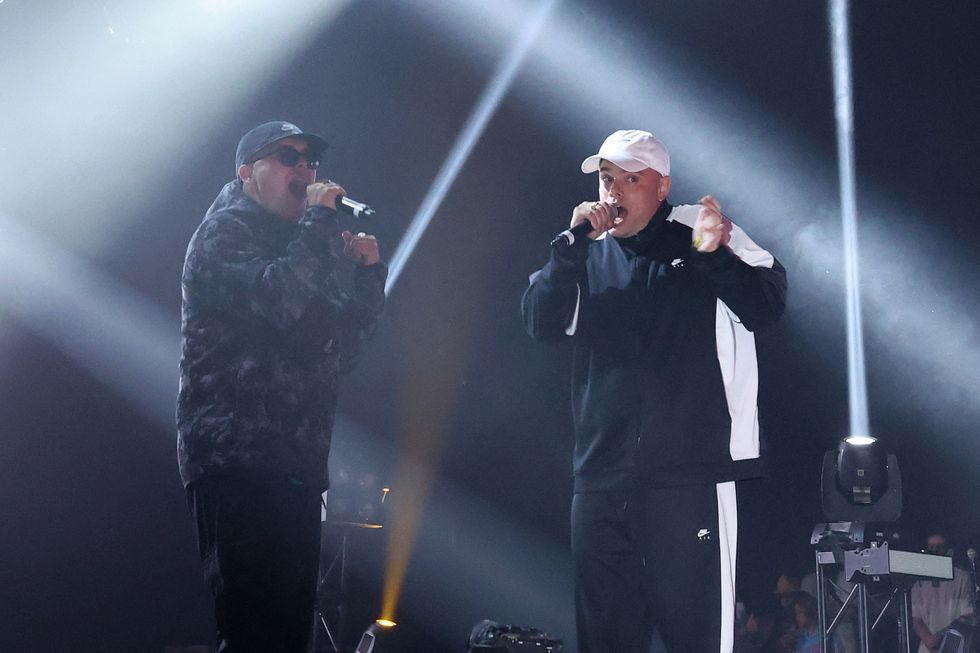 Kneecap welcome as political tension surrounds their setGetty Images
Kneecap welcome as political tension surrounds their setGetty Images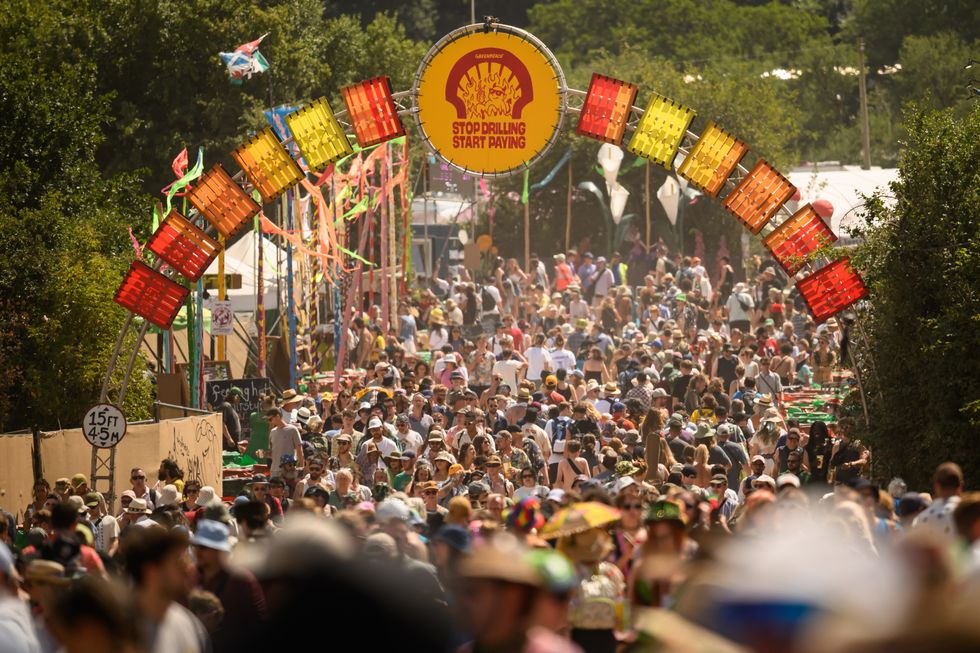 Crowds of festival-goers fill the pathways during day three of Glastonbury festival 2025Getty Images
Crowds of festival-goers fill the pathways during day three of Glastonbury festival 2025Getty Images 








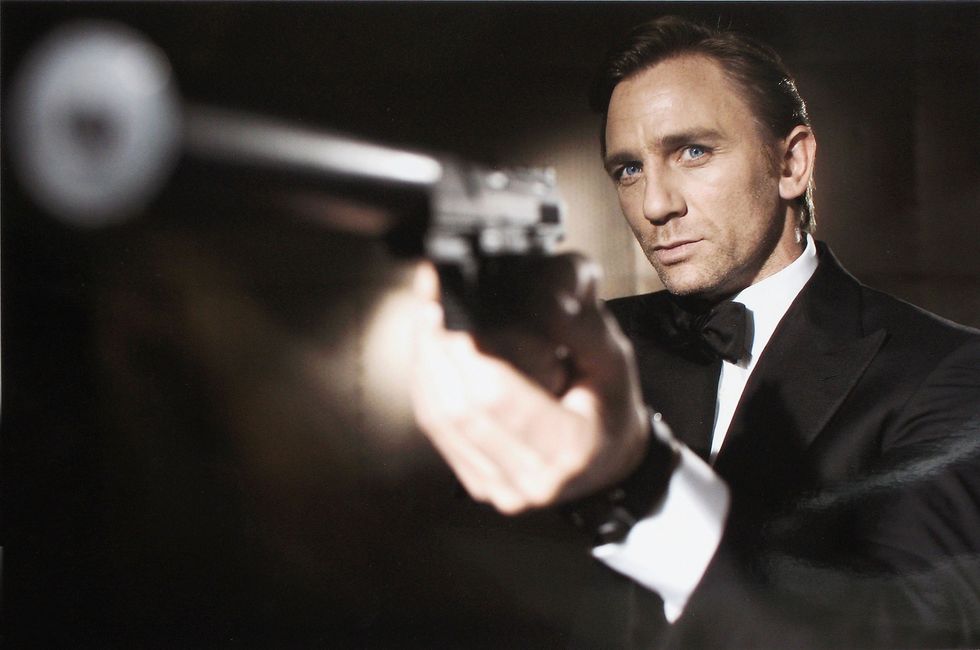 Daniel Craig poses as James BondGetty Images
Daniel Craig poses as James BondGetty Images  James Bond casting shortlist revealed with Tom Holland Jacob Elordi and Harris Dickinson in leadGetty Images
James Bond casting shortlist revealed with Tom Holland Jacob Elordi and Harris Dickinson in leadGetty Images Is this the youngest James Bond yet as Tom Holland Harris Dickinson and Jacob Elordi lead casting rumoursGetty Images
Is this the youngest James Bond yet as Tom Holland Harris Dickinson and Jacob Elordi lead casting rumoursGetty Images
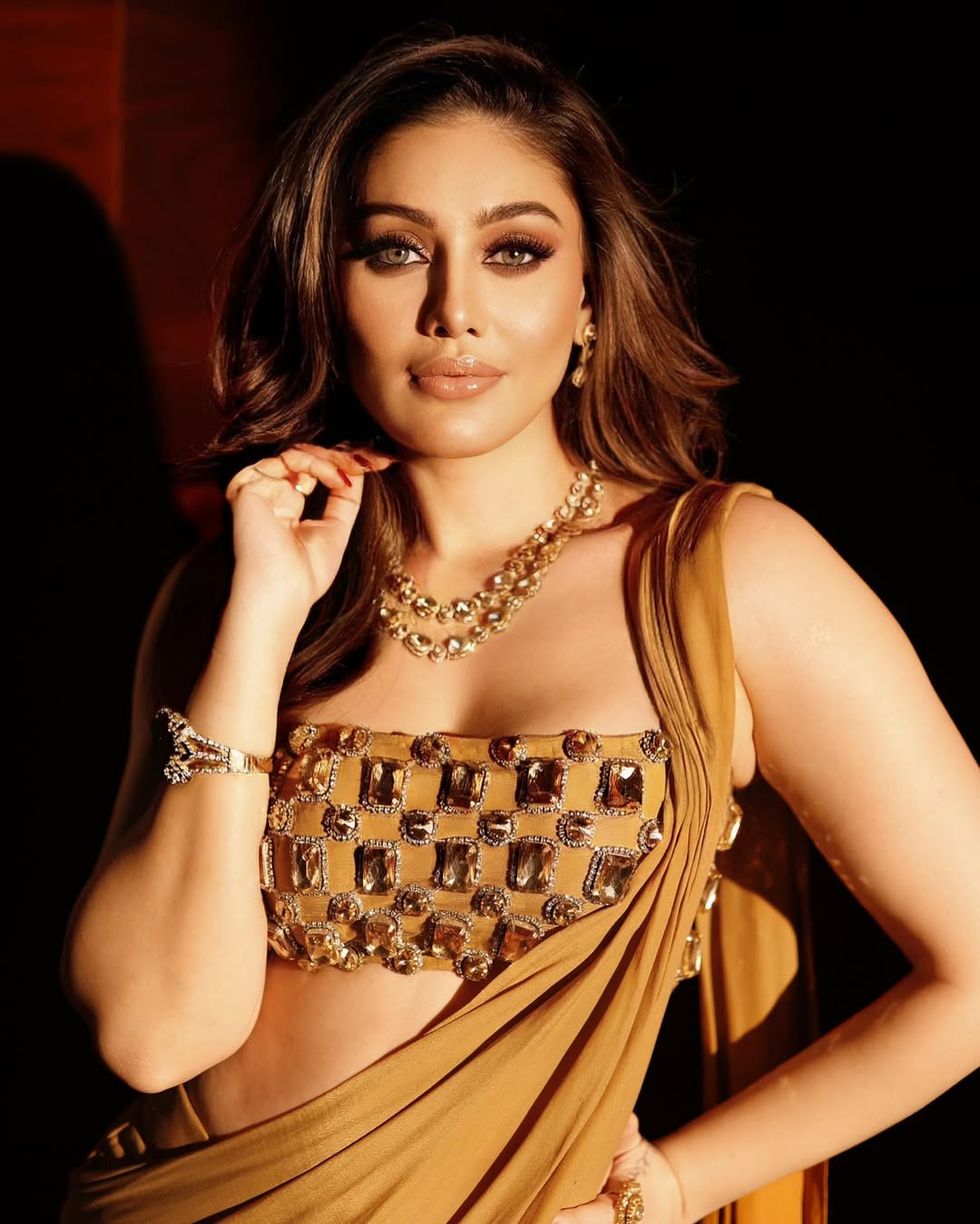 Shefali Jariwala dies at 42 after cardiac arrest, industry mourns Kaanta Laga starInstagram/
Shefali Jariwala dies at 42 after cardiac arrest, industry mourns Kaanta Laga starInstagram/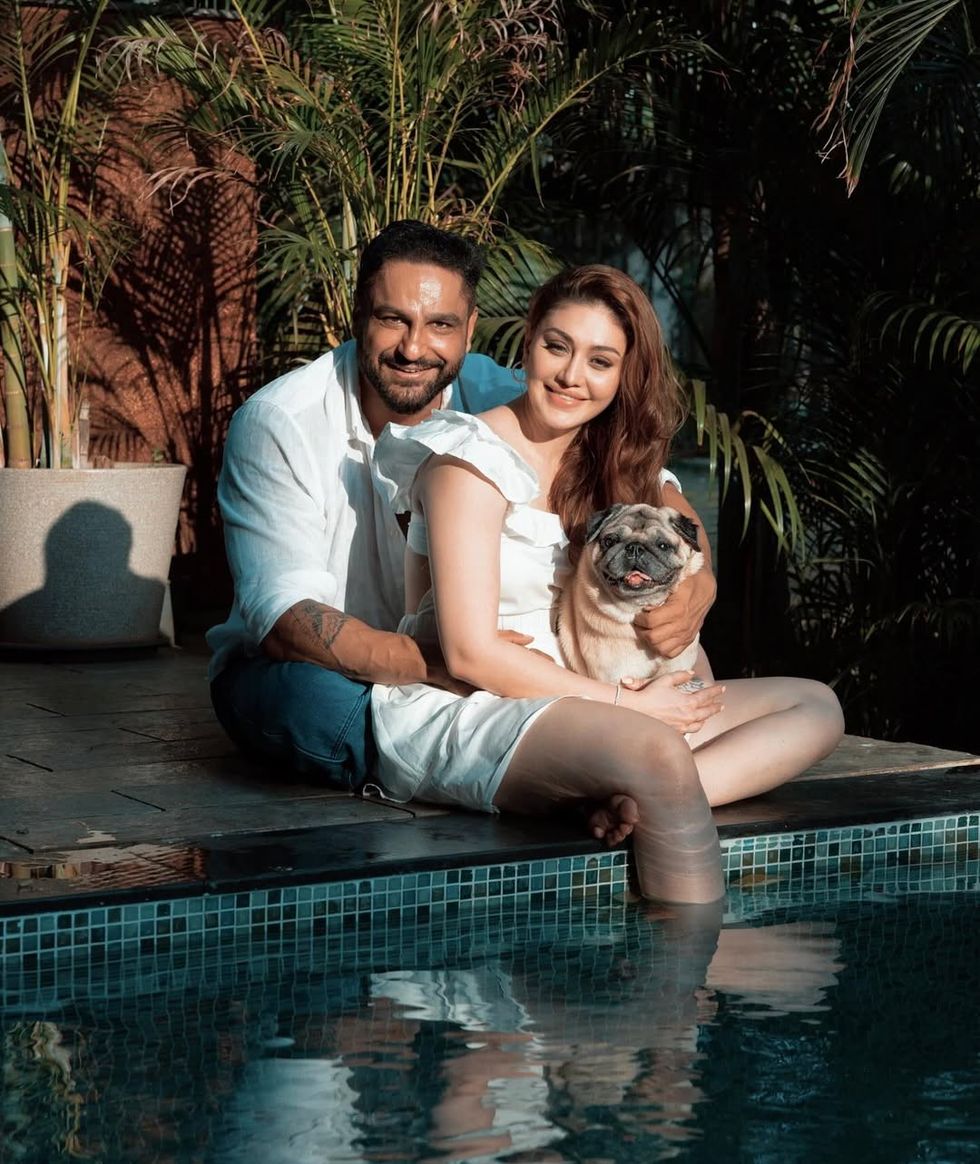 Shefali Jariwala was married to actor Parag Tyagi,Instagram/
Shefali Jariwala was married to actor Parag Tyagi,Instagram/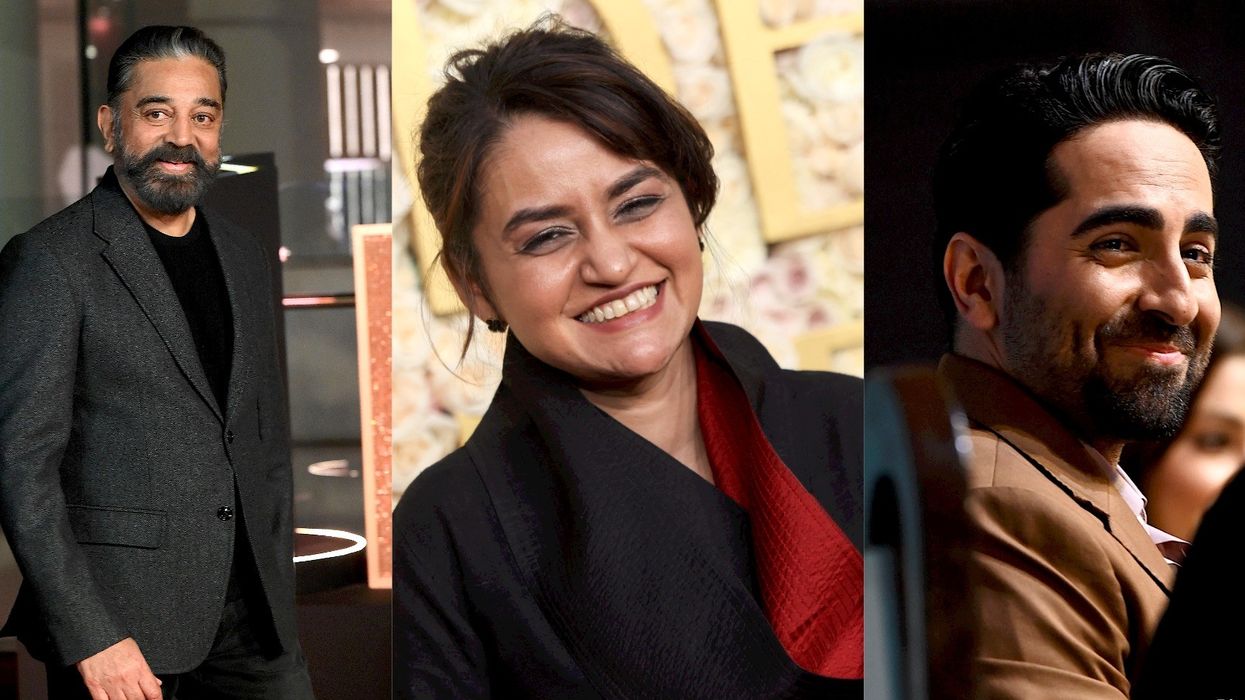
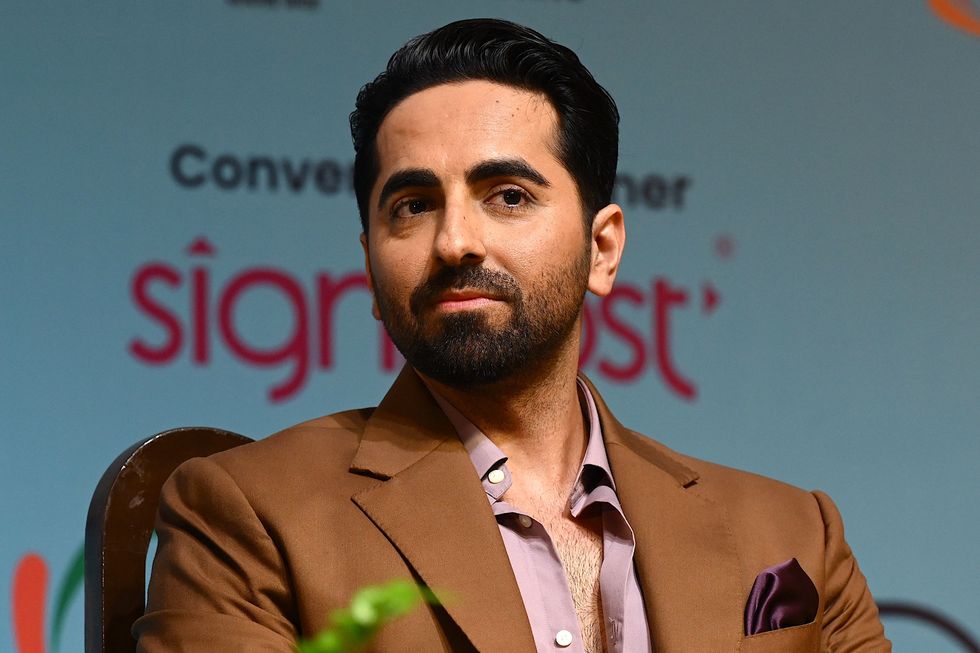 Ayushmann Khurrana attends an event at the FICCI Frames 2024 Getty Images
Ayushmann Khurrana attends an event at the FICCI Frames 2024 Getty Images Kamal Haasan waves as he attends a press conference for 'Thug Life'Getty Images
Kamal Haasan waves as he attends a press conference for 'Thug Life'Getty Images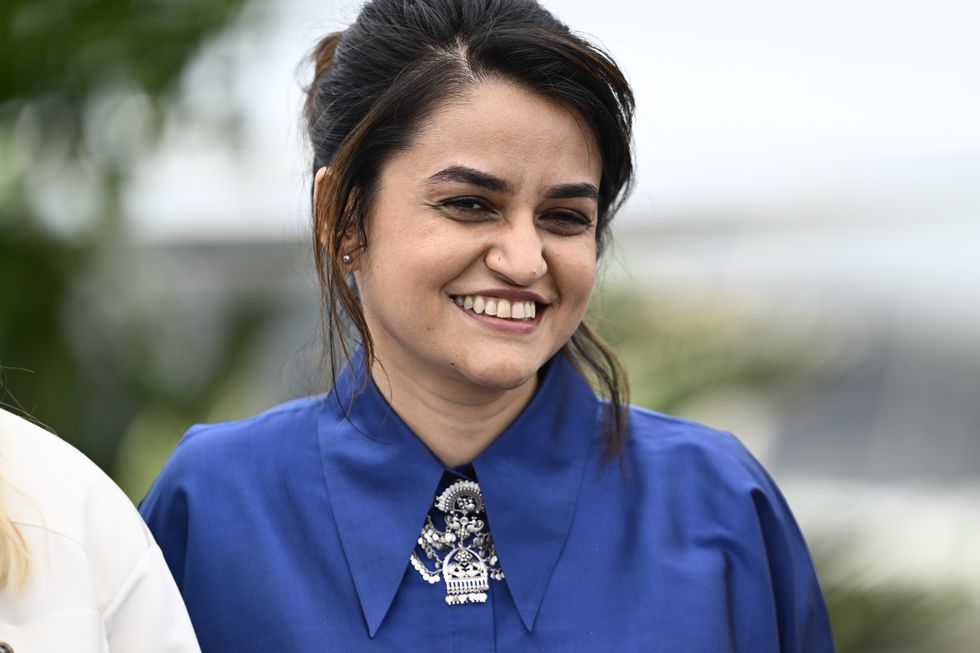 Payal Kapadia smiles during the Jury photocall at the 78th annual Cannes Film FestivalGetty Images
Payal Kapadia smiles during the Jury photocall at the 78th annual Cannes Film FestivalGetty Images
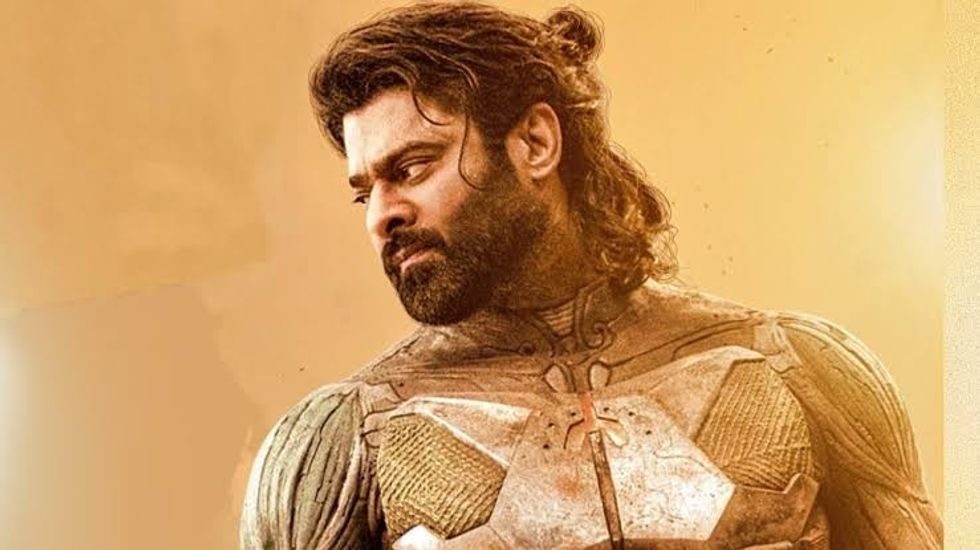 Prabhas in a still from Kalki 2898 AD which completed one yeargetty images
Prabhas in a still from Kalki 2898 AD which completed one yeargetty images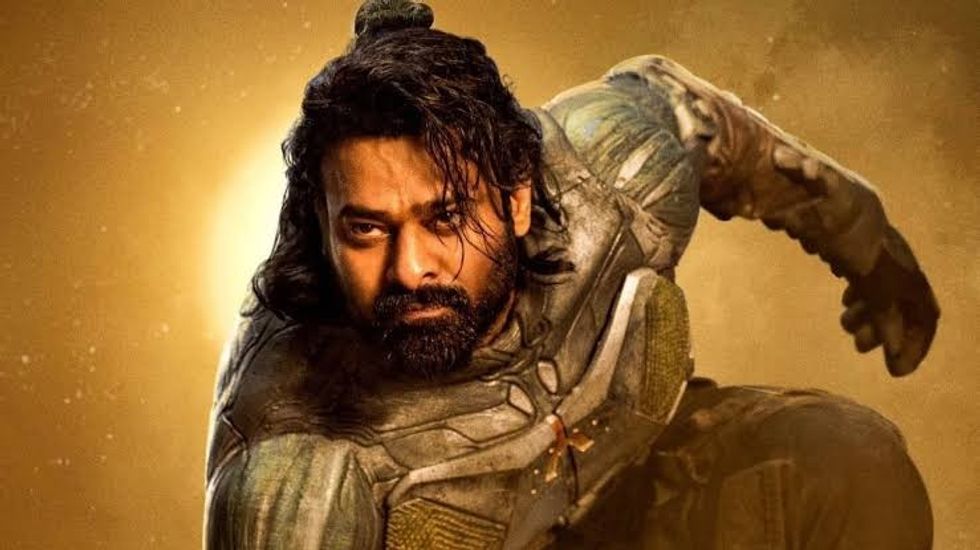 Kalki 2898 AD became one of the top three biggest openers in Indian cinemagetty images
Kalki 2898 AD became one of the top three biggest openers in Indian cinemagetty images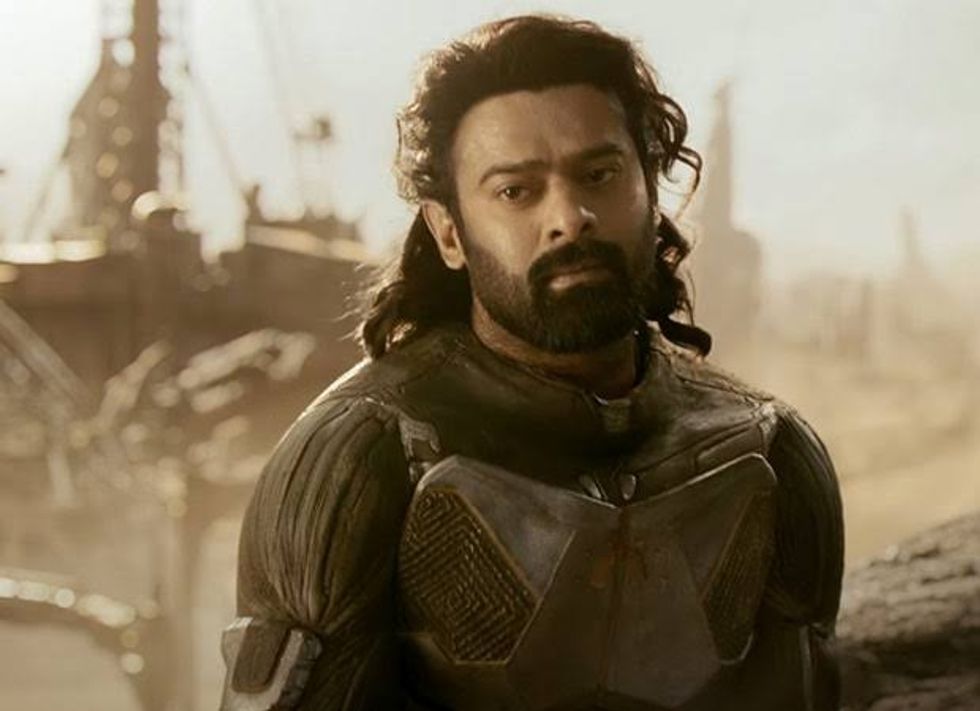 Kalki 2898 AD brought together sci-fi and mythology in a first-of-its-kind Indian filmgetty images
Kalki 2898 AD brought together sci-fi and mythology in a first-of-its-kind Indian filmgetty images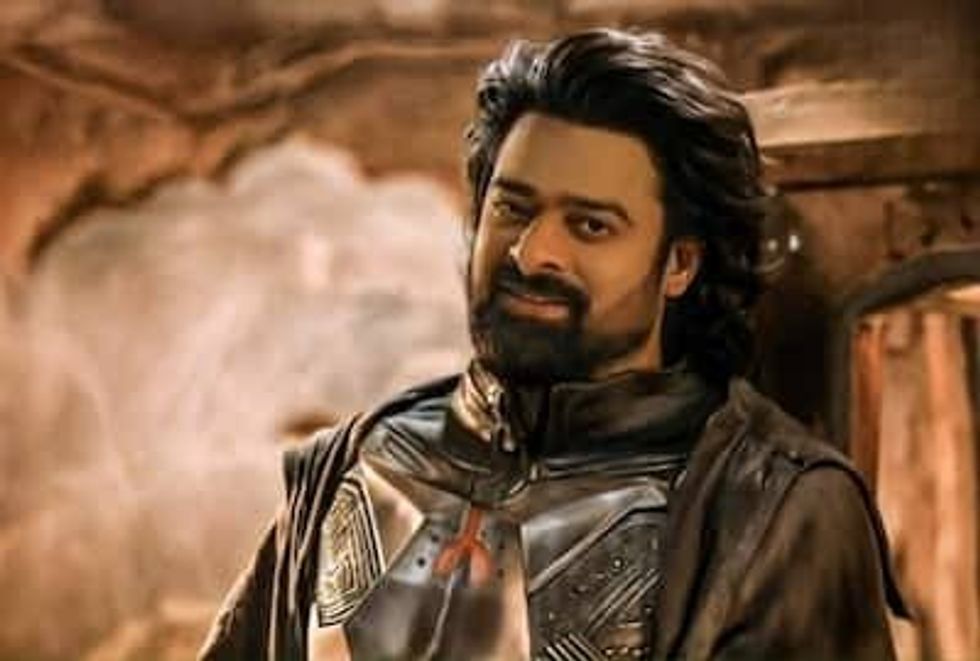 Prabhas plays the futuristic warrior Bhairava in Kalki 2898 AD getty images
Prabhas plays the futuristic warrior Bhairava in Kalki 2898 AD getty images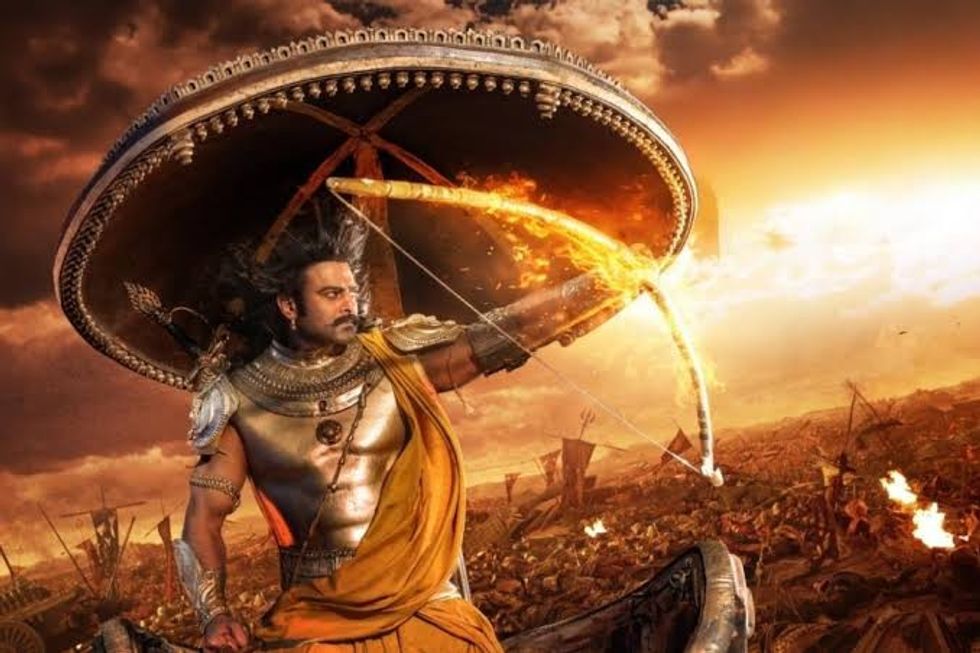 Prabhas in action during a high-intensity sequence from Kalki 2898 ADgetty images
Prabhas in action during a high-intensity sequence from Kalki 2898 ADgetty images